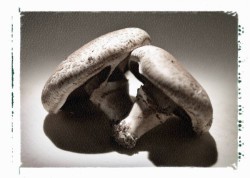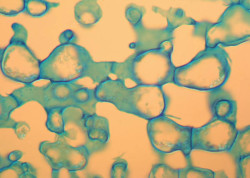Is Mold in My Home or Office Really a Fungus?
So you’ve discovered a patch of something that looks suspiciously like mold in your home or office. You might think it seems to have more in common with dirt or a stain than a fungus. A look at the nature of mold and fungus should dispel any doubts.
Most people’s definition of fungus doesn’t extend beyond “something yucky”. Science defines fungus as an organism similar to a plant with the crucial difference that it lacks chlorophyll. As a result, fungi must seek food from other sources. Since it doesn’t need sunshine to synthesize chlorophyll, mold can flourish in dark areas like basements.
Mold and fungus also lack cellulose, so they need to ingest it in other ways. Materials like carpeting, paper, wood and drywall contain significant amounts of cellulose. These are common items that mold will attach to when growing inside a building.
Another significant difference between plants and fungi is the manner of reproduction. While most plants multiply through the traditional process of fertilization, fungi use an asexual method that centers around the dispersal of spores. These microscopic organisms are carried through the air until they land on a spot where they can begin to reproduce. Water is the crucial element they require, making damp spaces like bathrooms a favored spot.
If you find mold in your home or office, you don’t have to resort to ripping out any fungus-affected surfaces. Our trained technicians use our unique MoldExerm system to remove any trace of mold and treat the surfaces to prevent future occurrences. Contact us today to schedule a free mold inspection.


